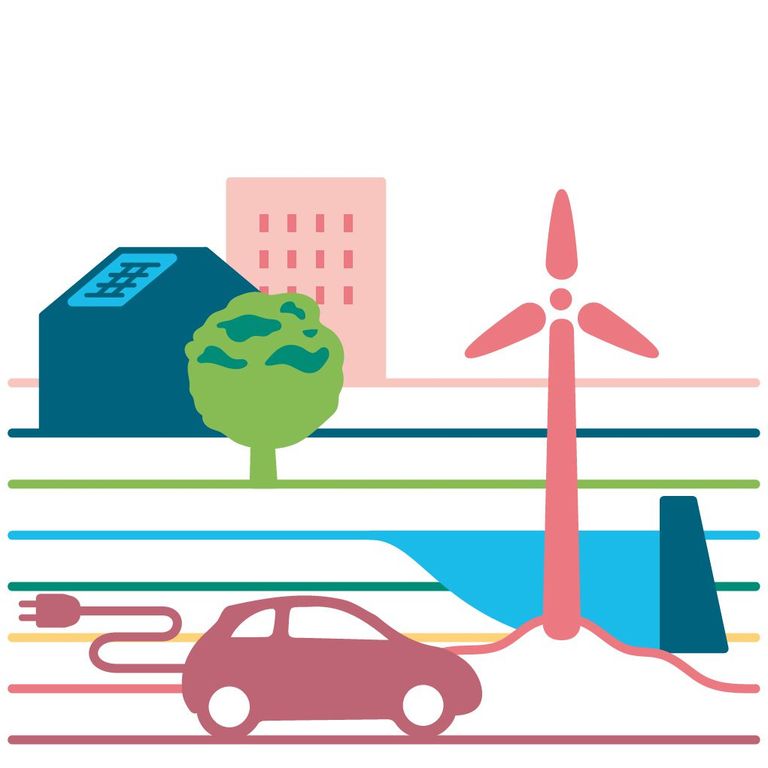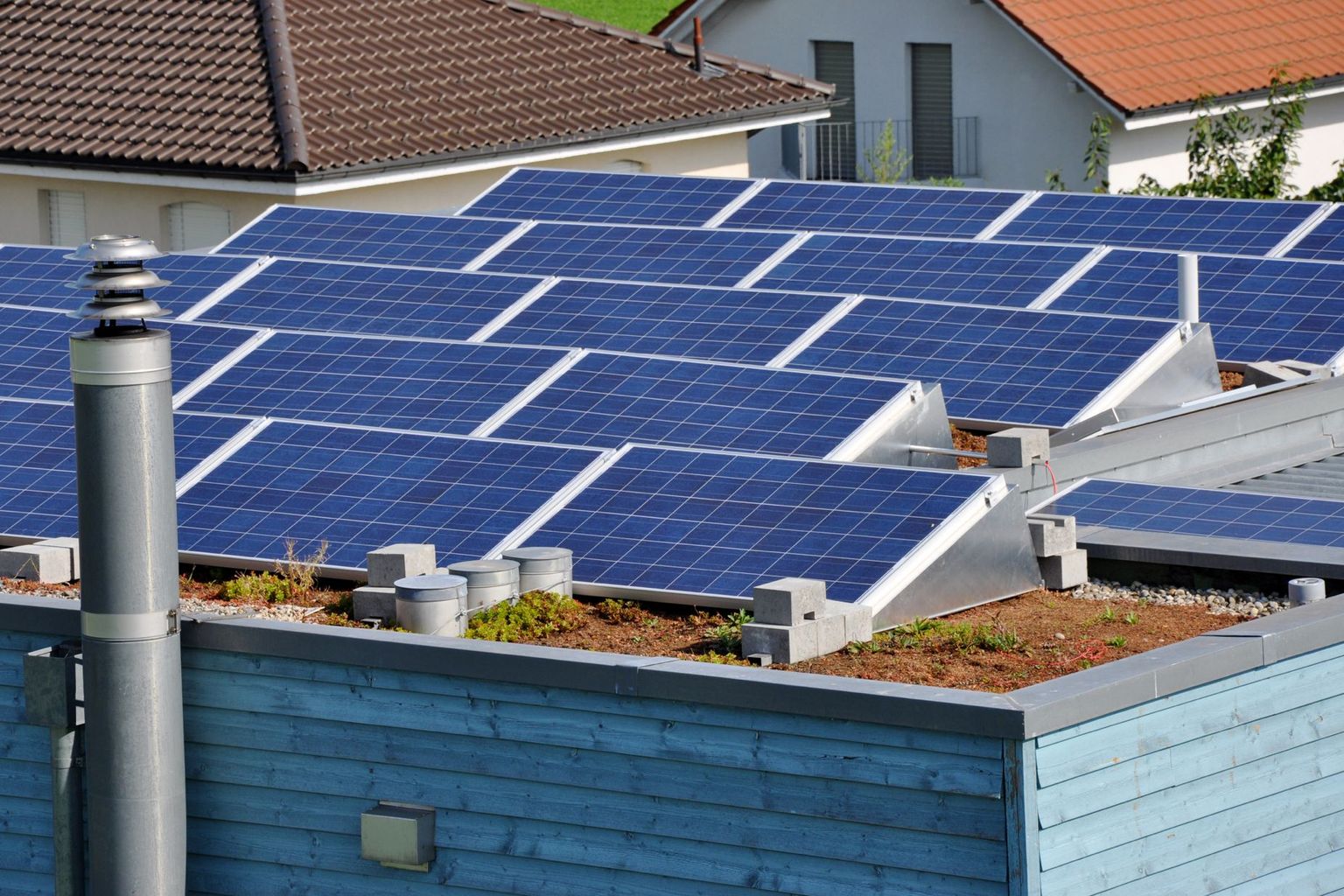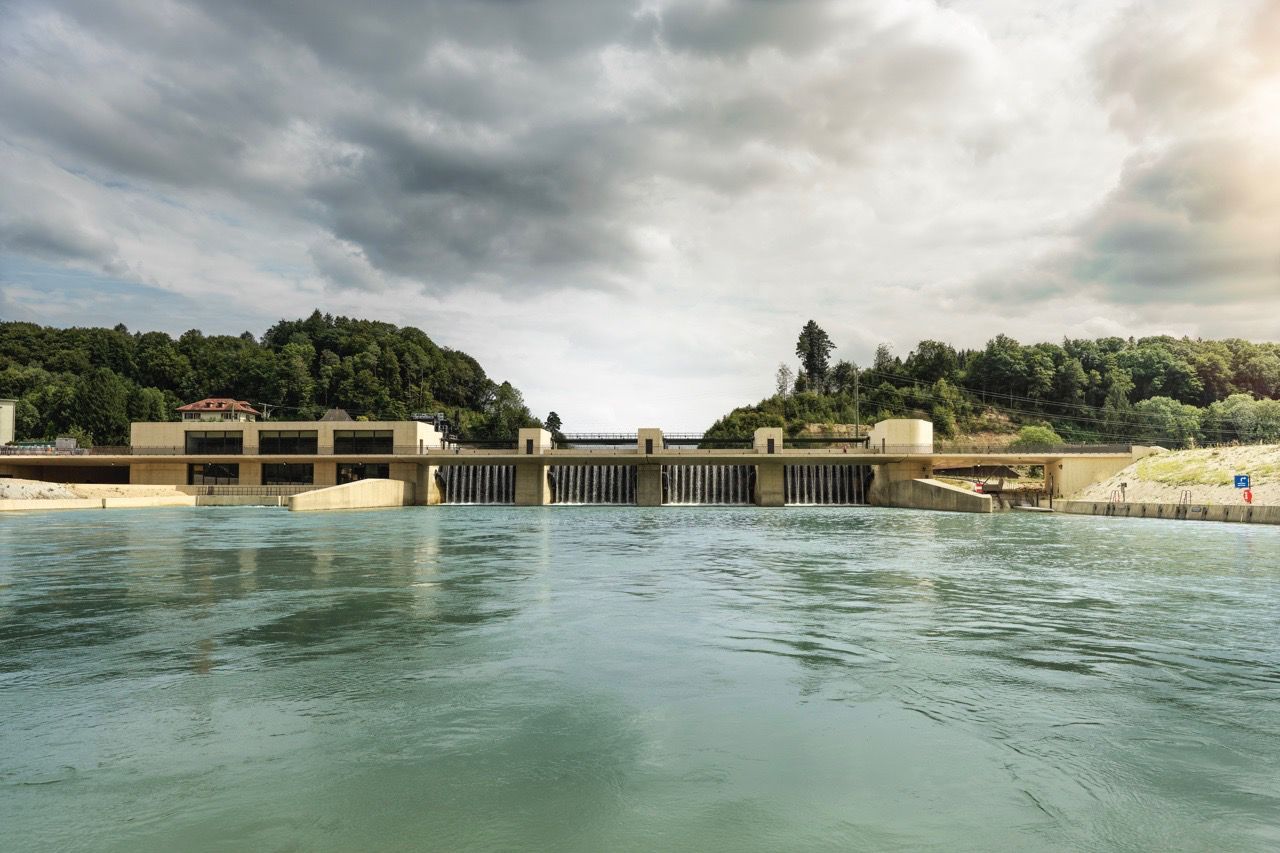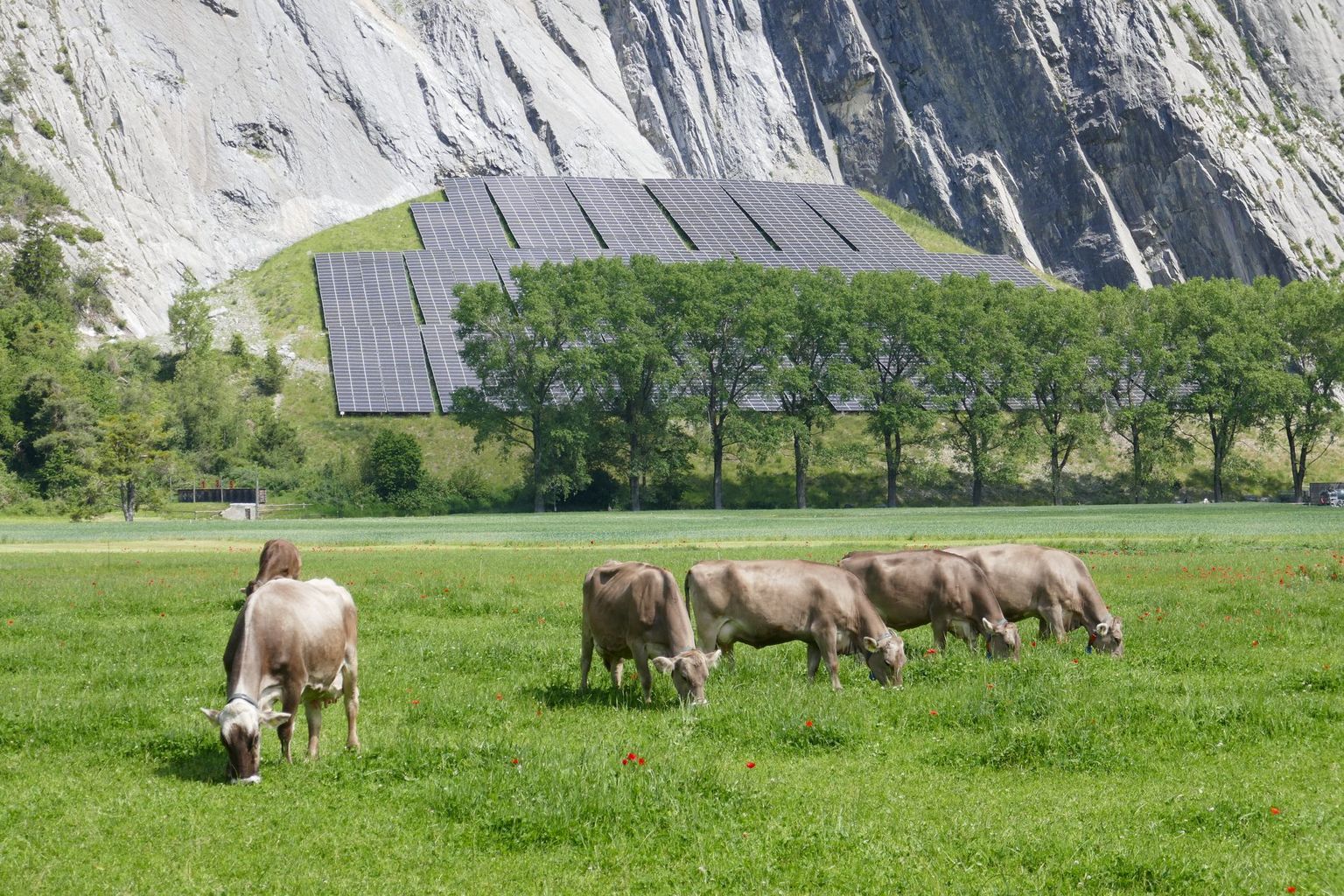Climate Protection and Landscape

What impact are measures related to climate change having on Switzerland's landscapes – and also globally? To date, there has been virtually no discussion about the landscape relevance of comprehensive decarbonisation. What price, in terms of landscape, is society prepared to pay (for example) for sink strategies and the production or storage of renewable energies? This question must be introduced into political discussion before far-reaching changes to the landscape are planned and implemented.
Authors: Dominik Siegrist (OST- Ostschweizer Fachhochschule), Adrienne Grêt-Regamey (ETH Zürich), Evelyn Coleman-Brantschen (HAFL), Jörg Balsiger (Universität Genf), Matthieu Raemy (Federal Office for Agriculture FOAG)
Projects/Events
Autorenteam: Dominik Siegrist (Fachhochschule OST), Adrienne Grêt-Regamey (ETH Zürich), Evelyn Coleman-Brantschen (HAFL), Jörg Balsiger (UniGE), Matthieu Raemy (BLW)
Notes: In its five core topics (Landscape and Health, Landscape Culture, Lifestyles and Landscape, Climate Protection and Landscape, and Spatial Relationships), FoLAP has identified aspects where action is most needed in terms of sustainable landscape development. To promote political discourse and the social transformation process, there is a need not only to pool existing knowledge but also to invest more extensive effort in additional research and to step up the dialogue between research and practice. FoLAP understands the core topics as its own mission, and a mission for its community: they therefore appear on FoLAP's agenda as an invitation to institutions and players to become actively involved in these topic areas.
Political and economic relevance and topicality of the subject
Relevant key questions





